Using a hydrogel coated with electrospun nanofiber, a new artery graft offers safer coronary artery bypass interventions.
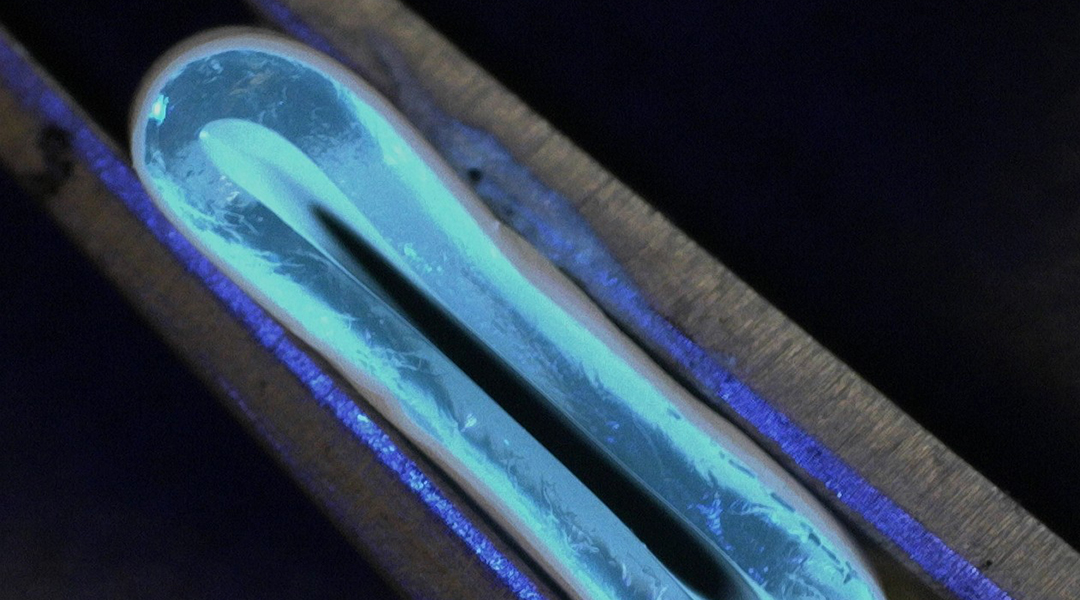

Using a hydrogel coated with electrospun nanofiber, a new artery graft offers safer coronary artery bypass interventions.

Nanoparticles disrupted the placenta’s secretion of biomolecules essential for blood vessel growth, hormone production, and immune function.
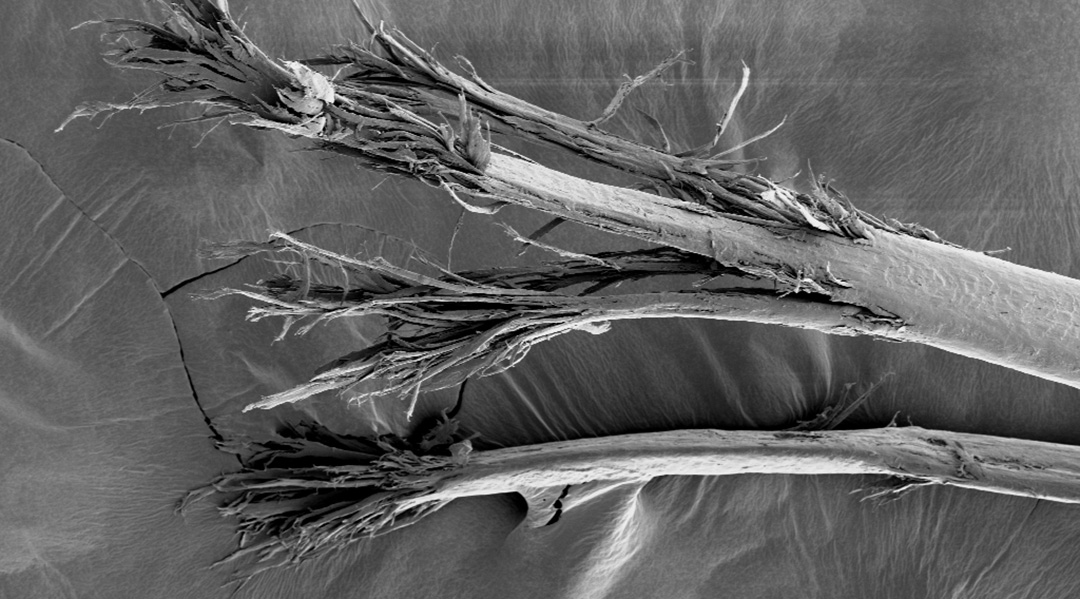
Materials scientists are applying biomechanics to understand how split ends contribute to our bad hair days—and what can be done to fix them.

Global warming caused by human action has continued to increase, even though climate action has slowed the rise in greenhouse gas emissions.
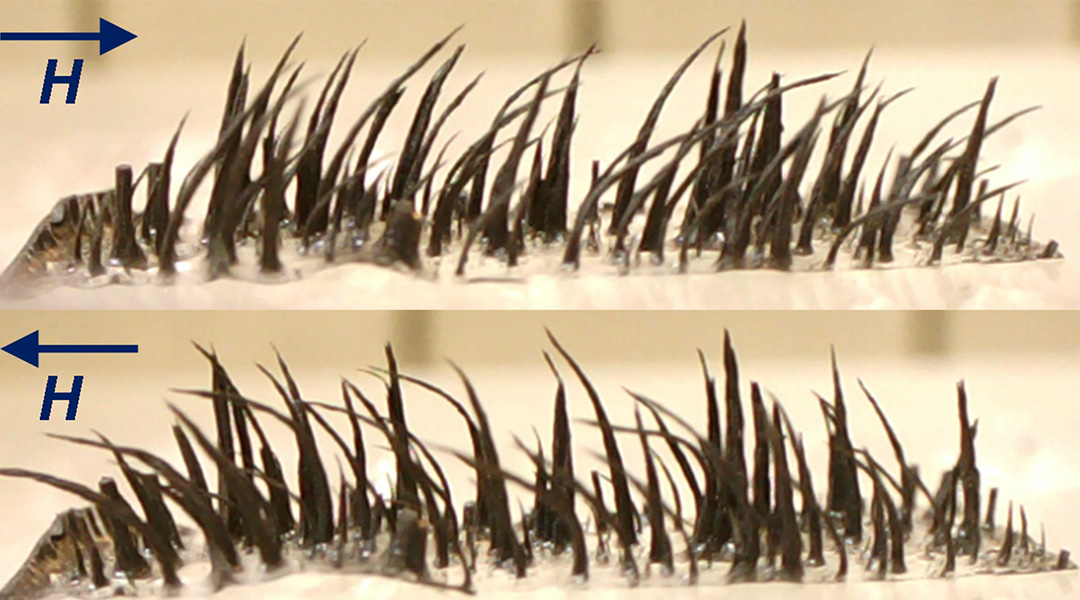
These hair-like structures with applications in robotics are now reprogrammable, negating the need to replace them after one use.
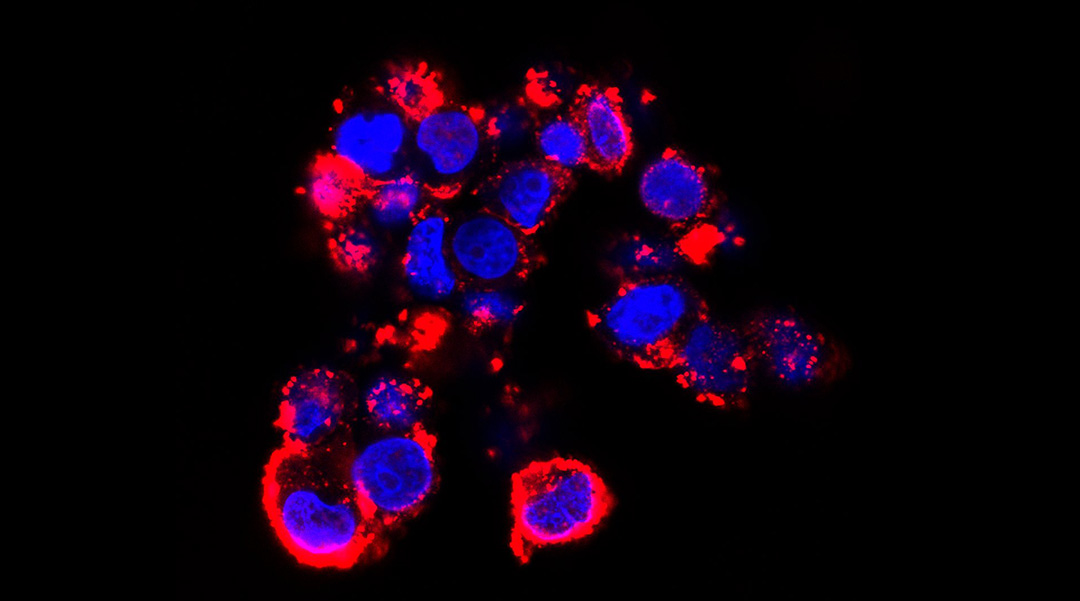
Nanoparticles deliver anti-cancer drugs in hard-to-reach brain tumors prevalent in children, boosting both diagnosis and treatment.
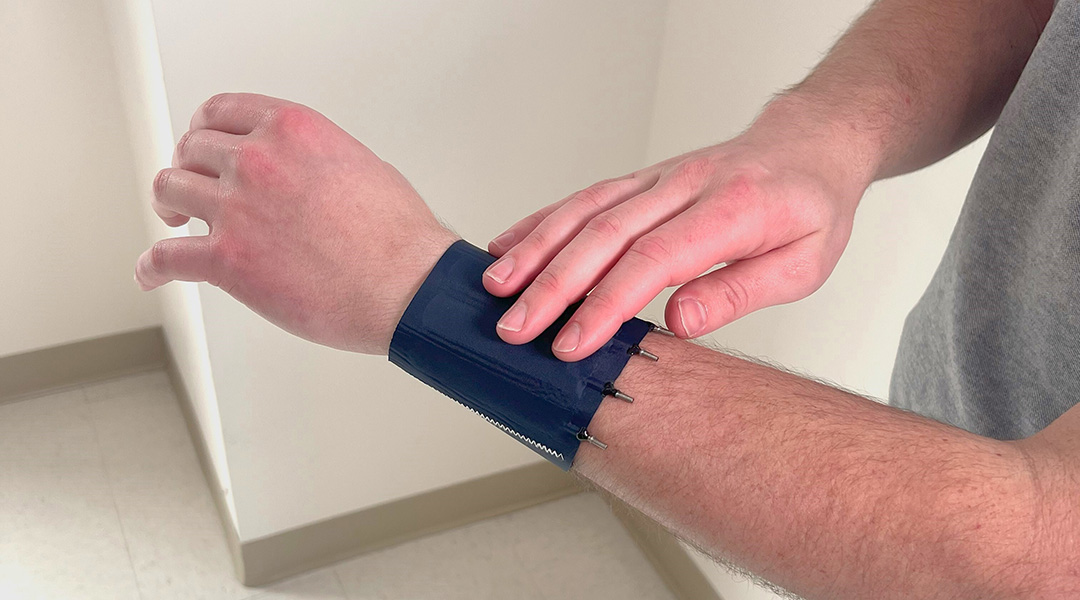
A haptic sleeve combines a new kind of on-demand information with soft textiles, taking haptic technology to new levels.
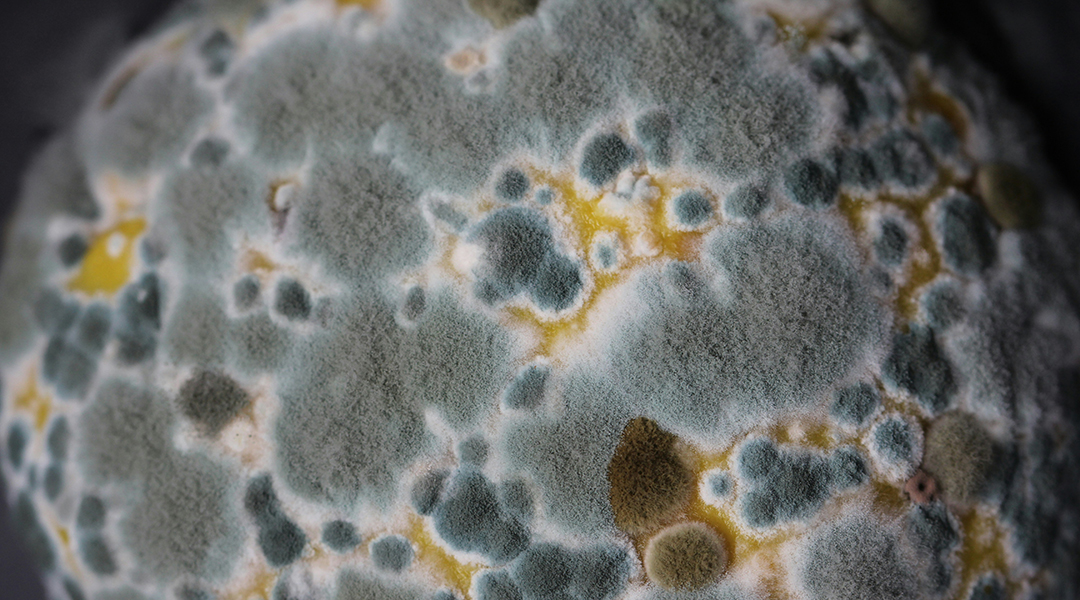
A vaccine to prevent melioidosis, a tropical bacterial disease and possible bioterrorism threat, succeeded in initial trials.
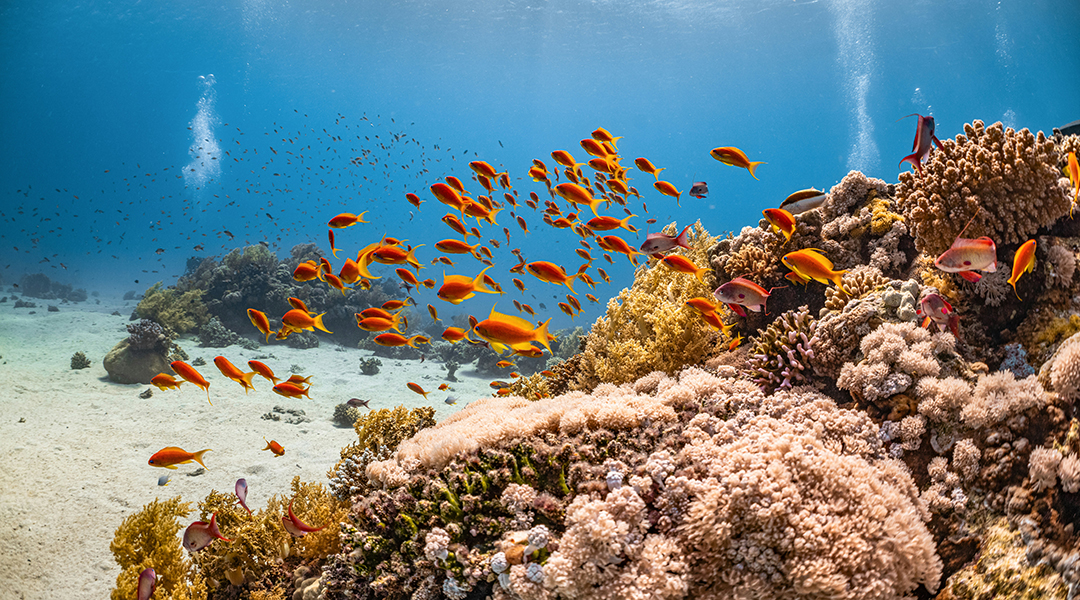
Mapping genetic connections between coral reefs allows scientists to identify and prioritize those acting as regional larval sources.
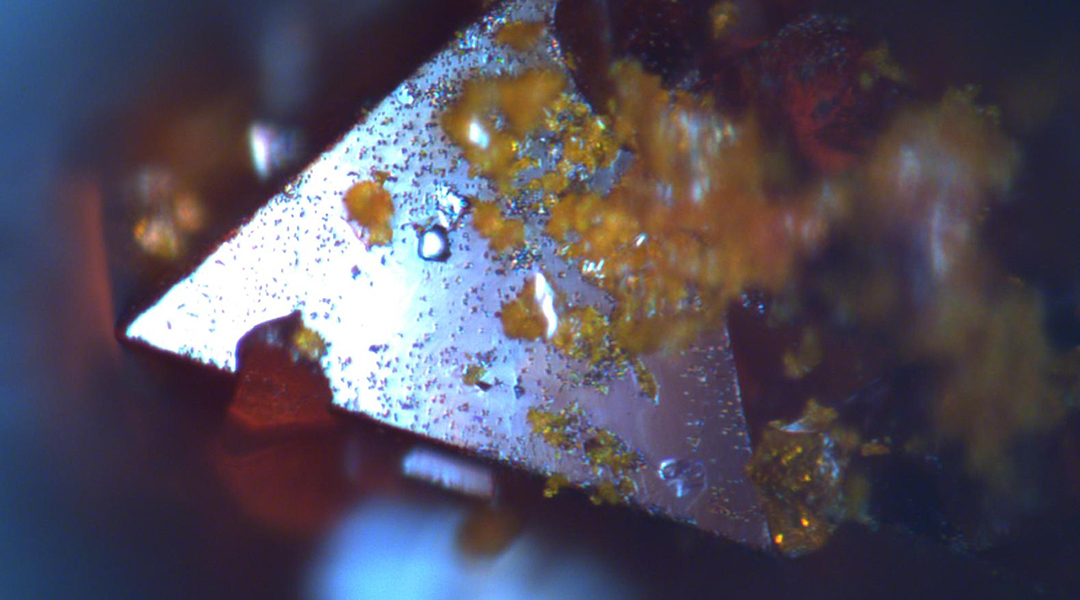
Study uncovers stability hurdles in a promising lead-free solar cell material, signaling potential for a cleaner energy future.